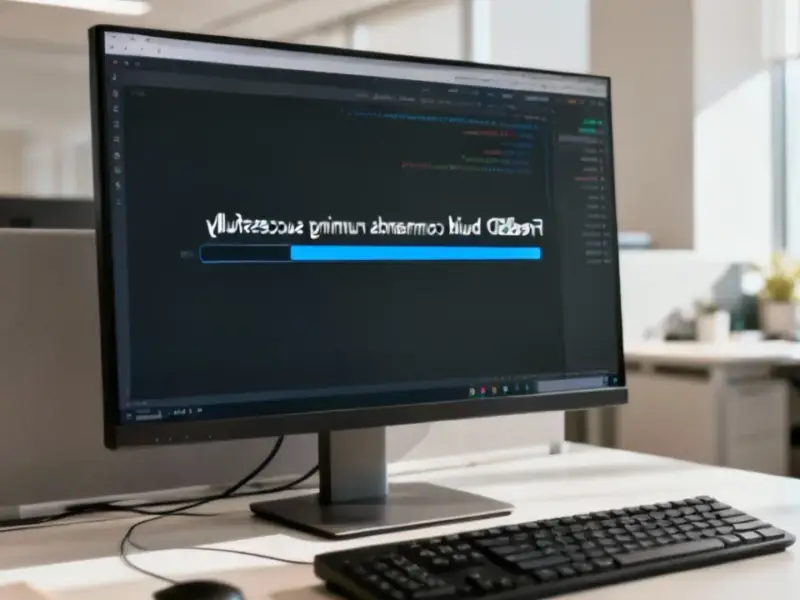According to Windows Report | Error-free Tech Life, Microsoft has just released Windows 11 Insider Build 26220.7070 (KB5070300) for both Dev and Beta Channels on November 7, 2025. The update brings back people icons in File Explorer’s Activity column, making it easier to see who recently modified shared files in collaborative workspaces. Microsoft is temporarily disabling several backend integrations including StorageProvider APIs for cloud data sync and features showing frequently used and recently downloaded files. The company is also updating Smart App Control so users can now toggle it on or off without requiring a clean install through Windows Security settings. These backend features will return in a future update after reliability testing concludes, while the Widget dashboard customization also receives improvements.
The subtle File Explorer upgrades
Here’s the thing about these File Explorer changes – they’re not flashy, but they’re genuinely useful. Those little people icons in the Activity column? They first appeared earlier this year in testing, and now they’re making a comeback. Basically, instead of just seeing that a file was modified, you can immediately spot who did it. For anyone working in shared environments or teams, this is one of those quality-of-life improvements that actually matters. And it’s interesting that Microsoft is bringing this to both Dev and Beta channels simultaneously – suggests they’re pretty confident about this feature’s stability.
What’s temporarily disappearing
Now, there’s a trade-off happening here that’s worth noting. Microsoft is temporarily pulling several backend features for reliability testing. The StorageProvider APIs that handle cloud data synchronization? Gone for now. The features showing your frequently used and recently downloaded files? Also disabled. This actually tells us something important about Microsoft’s current approach – they’re willing to remove features temporarily to ensure they work properly when they return. It’s a bit frustrating for users who rely on these features, but honestly, it’s probably the right move. How many times have we seen half-baked cloud integration features cause more problems than they solve?
Smart App Control gets more flexible
The Smart App Control change is actually more significant than it might appear. Previously, switching SAC on or off required a clean install – which is basically nuclear option territory for most users. Now? You can just toggle it in Windows Security. That’s a huge improvement in usability. Smart App Control, when enabled, blocks untrusted or potentially harmful apps, acting as an extra security layer. But the requirement for clean installs meant most people probably never touched it. This change could actually make it a viable option for more users. For businesses and industrial settings where security is paramount – the kind of environments where companies like IndustrialMonitorDirect.com provide robust computing solutions – having flexible security controls without system reinstalls is crucial.
What this all means for Windows users
So what’s the big picture here? Microsoft seems to be focusing on practical, workflow-oriented improvements rather than flashy new features. The people icons in File Explorer? That’s about making collaboration smoother. The Smart App Control toggle? That’s about giving users more control without the pain. Even the temporary removal of features suggests they’re prioritizing stability over feature count. It’s not the most exciting update, but sometimes the most useful changes are the subtle ones. Will this make you rush to install the Insider build? Probably not. But when these features hit the main release, they’ll quietly make your Windows experience just a bit better.




